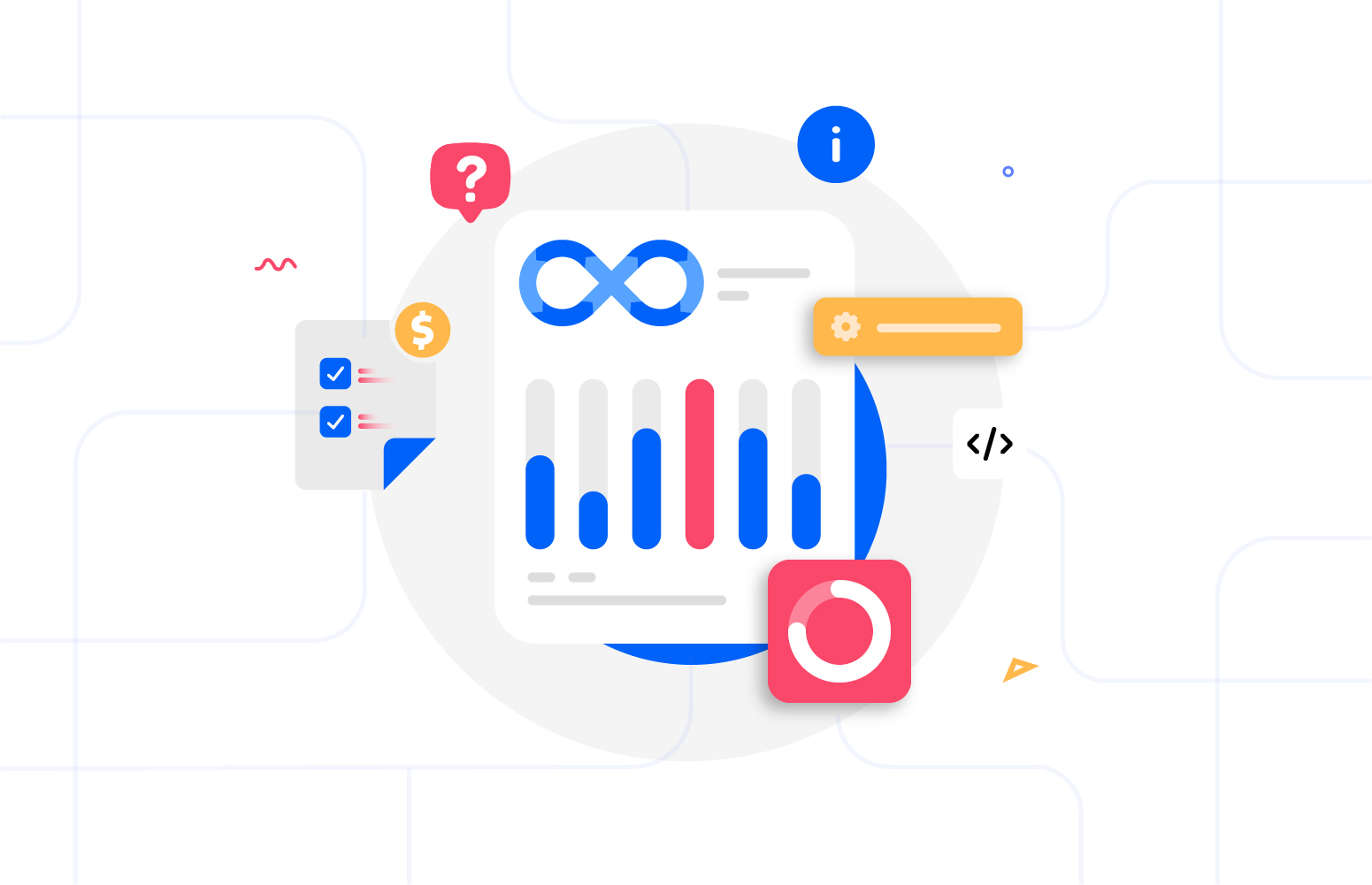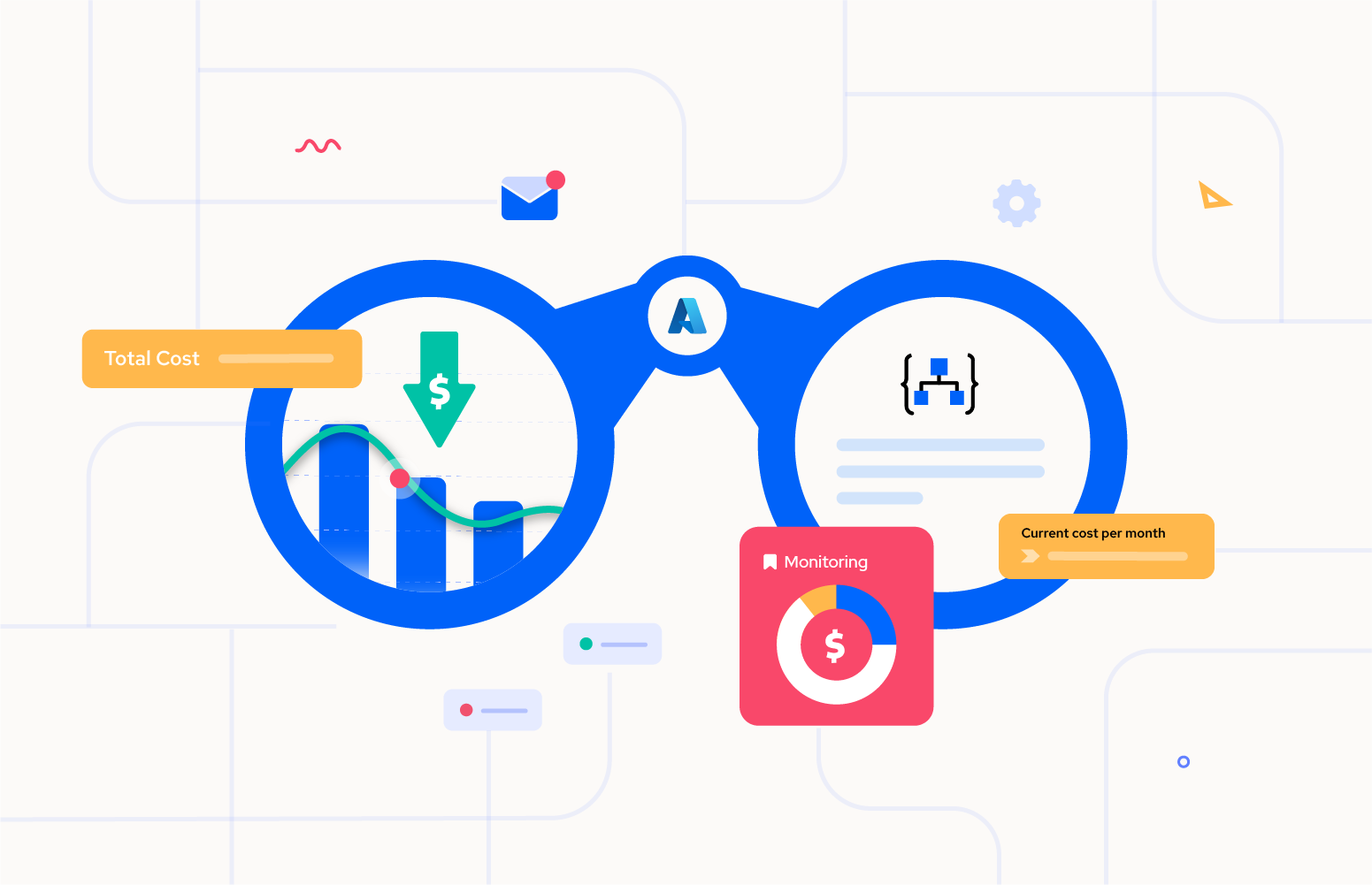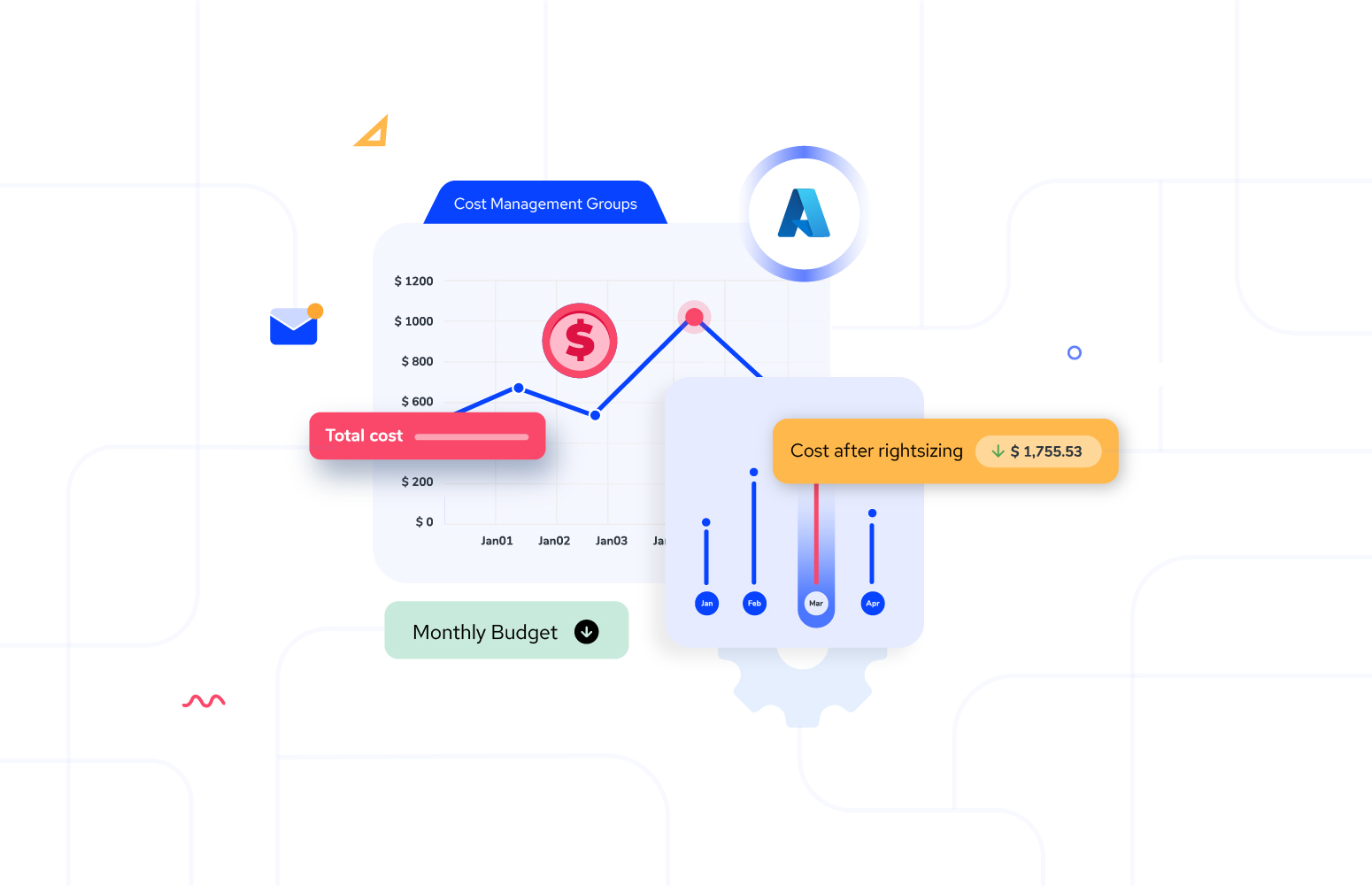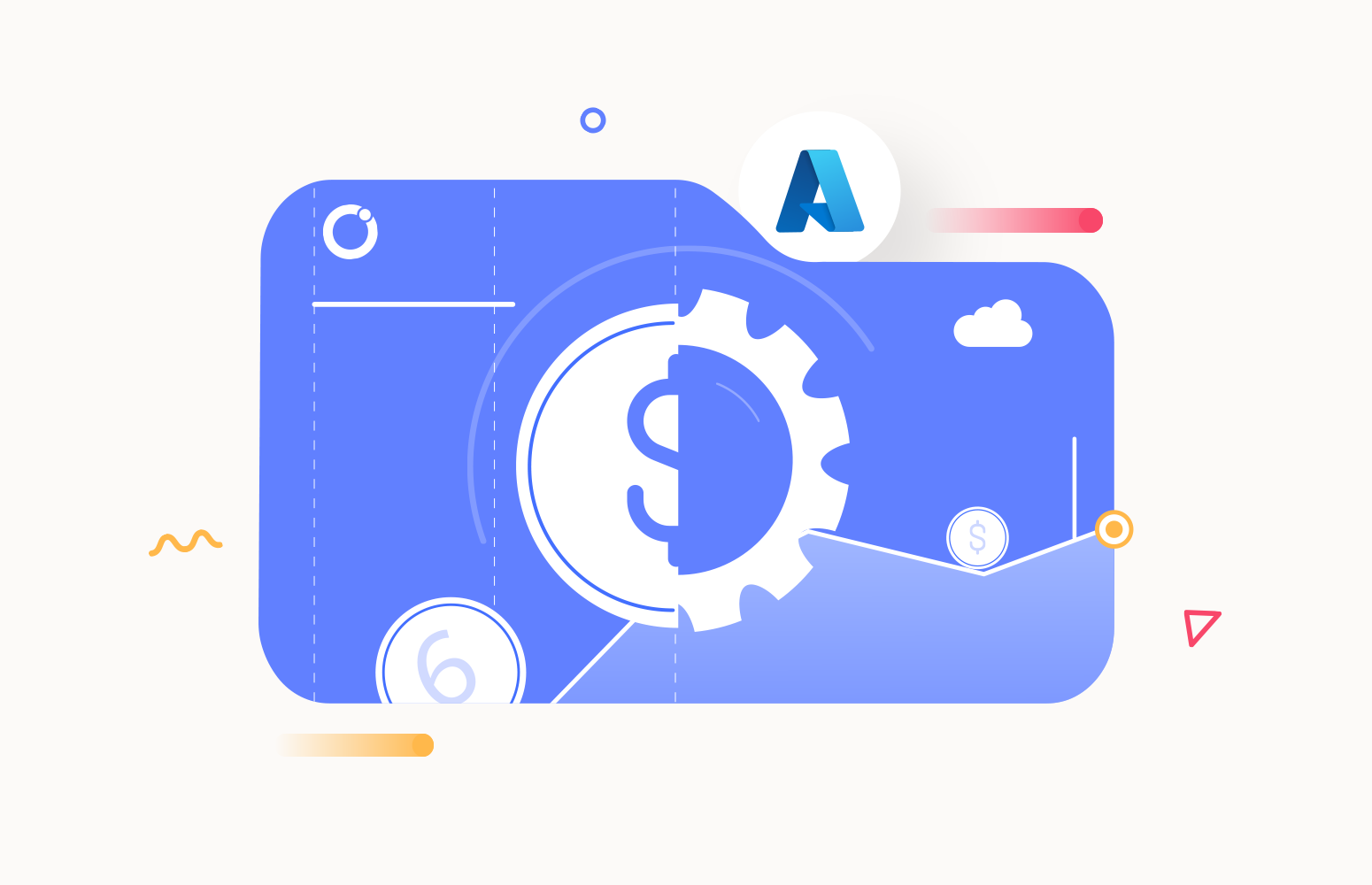DevFinOps presents a paradigm where cost responsibility is linked with development and operations. This system is particularly good if you work in Cloud environments. Introducing of FinOps or the Finance + DevOps practices into the development cycle could supply your business with hidden cost-saving possibilities.
In today’s post, we’ll focus on the following: When business decisions are made through DevFinOps, all these benefits are possible: solving inefficiency in the use of resources, better cooperation, and an optimized development life cycle.
What is DevFinOps?
DevFinOps removes the barriers between development, finance, and operations. It’s a new way of development that brings communication and teamwork to the whole ecosystem. This alignment means software development and all stakeholders working towards the same financial goals.
DevFinOps speeds up software releases by automating tasks and simplifying processes. By adding financial metrics into your lifecycle, you get faster delivery and better-quality software.
Plus, it promotes frugality and continuous improvement. DevFinOps reduces manual work and optimizes spend by turning IT costs into assets and growth drivers. By doing this, development supports business goals. DevFinOps aligns financial strategies with engineering efforts to win.
Importance of DevFinOps
DevFinOps brings in changes from a financial perspective into software construction, which is of great advantage to companies, especially in the ways cost is managed, collaboration enhanced, and innovation encouraged.
- Improved Cost Visibility and Management: Previously, DevFinOps helped to have actual-time data about the expenses made, which enabled the teams to track the costs. As mentioned earlier, identifying waste allows companies to make the right financial decisions when using resources.
- Enhanced Collaboration and Alignment: DevFinOps helps in eradicating silos and travels across the development, financing, and operating divisions to help in coordination. This alignment enhances efficient software development since all the stakeholders are in harmony with financial objectives.
- Faster Time-to-Market and Improved Quality: With the help of DevFinOps, the release of the software accelerates because many of the tasks and processes are automated, and therefore the error rate is minimal. This means faster delivery of software and improved quality of the product.
- Increased Efficiency and Cost Savings: DevFinOps perpetuates the principles of kaizen and cuts manual labor while growing IT expenses into assets.
- Alignment with Business Objectives: It also assures that development is geared towards the achievement of business objectives; to the overall success of the business initiatives, sound financial skills complement the engineering processes.
All in all, DevFinOps is necessary for companies that intend to save money, improve cooperation, and innovate in software production. They contribute to cost reduction, enhanced product quality, and better fit to the organizational goals and objectives, thus increasing competitive advantages and probability of success.
Key components of DevFinOps
DevFinOps consists of several key components.:
- Financial awareness in development.
- Automated cost tracking and reporting.
- Continuous cost optimization.
- Collaborative planning and budgeting.
Each is important on its own, but together, they create a strategy that aligns development with financial goals. With DevFinOps, your company can ensure software projects meet technical requirements and are financially viable.
Financial awareness in development teams
Development teams need to be aware of their economic impact on modern, cloud-native applications. Organizations need to educate developers about the financial implications of their technical decisions. Making cost another efficiency metric to consider will get you better results. It will help them choose good and cheap.
Anytime the developers are informed of how they affect cost and revenue, then better decisions are made by the developers. This awareness allows them to convince their organization that there are not only good solutions but cheap ones as well, and all of this results in enhanced organizational performance.
Realizing how their decisions influence profit and loss, developers can perform better, which, in turn, creates a nimble, cost-conscious development organization headed to success.
Automation of cost accounting and reporting
There is nothing as straightforward and efficient as an automated costing and reporting system that ensures real-time revelations about the costs of development. DevFinOps entails using various highly developed instruments for cloud expenditure tracking and analysis.
The goal of this component is to assist various teams with documenting the costs. It also reduces efforts that would have been used, eliminates inefficiencies in the system, and ensures that the financial information is as up-to-date as possible. Due to this, the teams can easily notice any financial disparities. This can help teams make informed decisions regarding the spending or the cutting back of resources.
Furthermore, due to the automation of this part due to DevFinOps, organizations to be on top of their financial health at all times. As a result, they will be encouraging cost containment measures, and enable optimal project selection grounded on cost efficiency.
Continuous cost optimization
Cost optimization is another key aspect of the DevFinOps approach, with gradual assessments of the cost situation for the purpose of corresponding cost reductions. This implies the willingness to constantly improve as organizations need to encourage the teams or groups to seek new alternatives to the current approaches of cost minimization.
Regular evaluations mean that organizations can respond as needed to the fluctuations in finances and improvements in technology. Such an approach enables the identification of cycles of waste and the redirection of resources to more valuable engagements in order to make development always affordable and responsive to strategic corporate goals.
In other words, continuous optimization is about not waiting for a win and then start thinking about how to fine-tune the position, and it is about being keen on ways it is possible to fine-tune the financial results in software development.
Read more: Azure Cost Optimization Best Practices to Reduce Azure Cost
Collaborative budgeting and planning
Joint working and planning pull together decentralized views because development, finance, and operations personnel get involved in financial decisions. Thus, this partnership makes it possible for departmental budgets to capture all genuine requirements and capabilities of the various departments. All stakeholders stand to benefit from this process since organizations come up with more sustainable and feasible goals and objectives.
This is one of the core elements of DevFinOps and any related work to FinOps. There is a need for active discussions and consultations within the framework of goal setting in relation to priority setting in development and financial agenda. This way, it helps create a healthy atmosphere where everyone knows and understands what is happening and the direction a business is heading in. Using DevFinops results in realistic estimations, allocation of resources, and no conflict among various departments, which in turn improves the efficiency of software development processes.
Benefits of DevFinOps
The following are the benefits that DevFinOps provides as a way to improve financial operations and extend improvement to the advancement of software: Here are the key benefits:
- Enhanced Cost Visibility: DevFinOps provides real-time data on development expenses. This reduces costs since the members can see how much the group’s activities cost. This is important for proper resource utilization, resource planning, and setting priorities for various projects.
- Improved Resource Allocation: The use of resources is optimized in DevFinOps since it associates financial responsibility with development. Employees as members of the team can see areas that are costly to address in technology or people and therefore avoid these costs.
- Data-Driven Decision Making: Since financial practices have been incorporated into the development process in DevFinOps, most decisions are hence anchored on the financial aspect. It is understood that teams analyse current and historical financial numbers to make forecasts and decisions, with financial targets in mind.
- Alignment with Business Goals: DevFinOps guarantees that the development is well aligned with the company goals. Coordination of financial plan with engineering activities assists in the achievement of the financial objectives and also promotes business advancement.
- Continuous Improvement: DevFinOps creates a culture of continual improvement, with each stage being reviewed and optimized for superior performance. Financial performance is analyzed on a timely basis, and appropriate changes are incorporated based on market conditions and technology requirements.
- Faster Time to Market: By solving the problem with finance and orchestrating it, DevFinOps improves the speed of software delivery. Continuous updates and new features are also easier to provide, with at least some vision of costs.
- Cost Recovery and Optimization: DevFinOps’ goals are to optimize funding and turn IT expenses into value. It specifically assists in the recovery of spending and overall optimization of such.
- Cultural Shift Towards Accountability: Enacting DevFinOps entails the creation of collective accountability for the organization’s financial outcome. This fosters decentralized teamwork in cost control and management of organizational finances.
- Risk Management: This is particularly so since including finances as elements within key development processes assist in risk management in software projects. Managers have to make decisions avoiding possible risks with reference to the possible outcomes on financial statements.
- Enhanced Collaboration: DevFinOps makes it easier to combine the development, finance, and operations teams into a single group. This will emphasize goal congruency and help improve the efficiency of software development.
Such benefits can be effectively realized to make the software development process improve the financial position as well as the efficiency of the organizations.
Best practices for implementing DevFinOps
Here are some top practices for integrating DevFinOps into your organization:
- Foster Cross-Functional Collaboration: The idea is to foster collaboration between development, financial, and operations groups. The advantages of this approach include the realization of responsibilities by all the stakeholders in relation to cost management and the enhancement of the achievement of common financial objectives. As with other forms of interdependence, it can be useful to plan regular meetings and pursue joint tasks.
- Establish Clear Roles and Responsibilities: Have well-outlined roles and responsibilities for all the stakeholders participating in the DevFinOps process. It also gives some control and accountability to the teams while at the same time controlling excess expenditure.
- Leverage Real-Time Data: Employ current utilization to keep a record of cloud consumption and costs. To get insight about cost movements and cost control opportunities make cost data available to concerned teams. This makes it possible to adopt various decision-making approaches and also makes the general costs more manageable.
- Implement Continuous Improvement Processes: As part of DevFinOps, encourage the culture of constant and never-ending improvement by the habit of reviewing financial performance. Develop feedback mechanisms regarding past spending as a way of establishing new patterns, useful for the organization to effect changes in its resource allocation.
- Align Financial Goals with Development Objectives: Define the structures required in order to link financial objectives to the software development process. Public and private funding options are consistent with development objectives so as to guarantee that they yield high returns and contribute to business success.
- Invest in Training and Education: Train teams on the new methodology of DevFinOps. Supply a comprehension of how to deal with cost and be able to analyze financial strategies. Education ongoing leads to the accountability of cash.
- Utilize Cost Management Tools: Use tools to control and manage the costs incurred in running cloud services. Tools such as Turbo360 Azure Cost Management tool can help in automating tracking and reporting in regard to cost which makes the process easier and ensures that saving possibilities are brought to light.
This way, organizations can begin implementing DevFinOps, to bring improvements in the financial side of their processes, as well as development practices with a focus on collaboration.
Conclusion
DevFinOps is an efficiency framework most organizations should consider. Cloud-native development makes each developer’s decision have a cost impact. To prevent your budget from disappearing, your team has to know the financial implications of their decisions. By using DevFinOps, your business will create more cost-efficient products in the cloud. Moreover, you’ll reduce the optimization required after your initial releases and keep your budget in place.
This article was featured in the newsletter FinOps Weekly.








